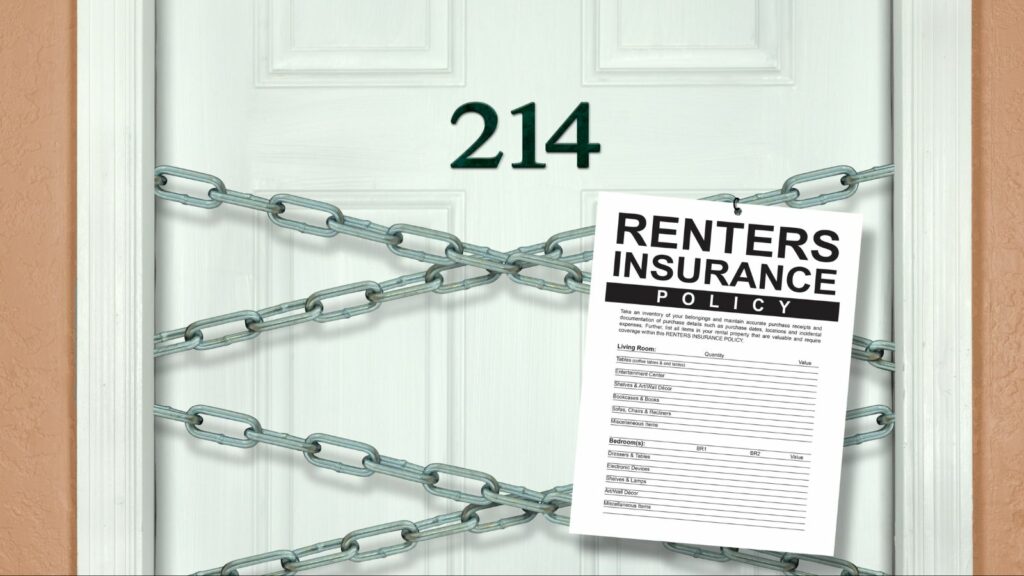2024 has seen renters across the U.S. facing extreme difficulty navigating the housing market. From skyrocketing rents to changing regulations, the landscape of rental housing is shifting in ways that are significantly impacting tenants. We look at 19 alarming trends that renters should be aware of in the coming year:
Soaring Rental Prices

One of the most pressing issues for renters in 2024 is the continued rise in rental costs. Due to pressure from inflation, a shortage of available housing, and rising demand, rents in several cities have risen to all-time highs. Many renters are finding it difficult to keep up with the growing expense of living as a result of this trend, which shows no signs of changing any time soon.
Shrinking Rental Inventory
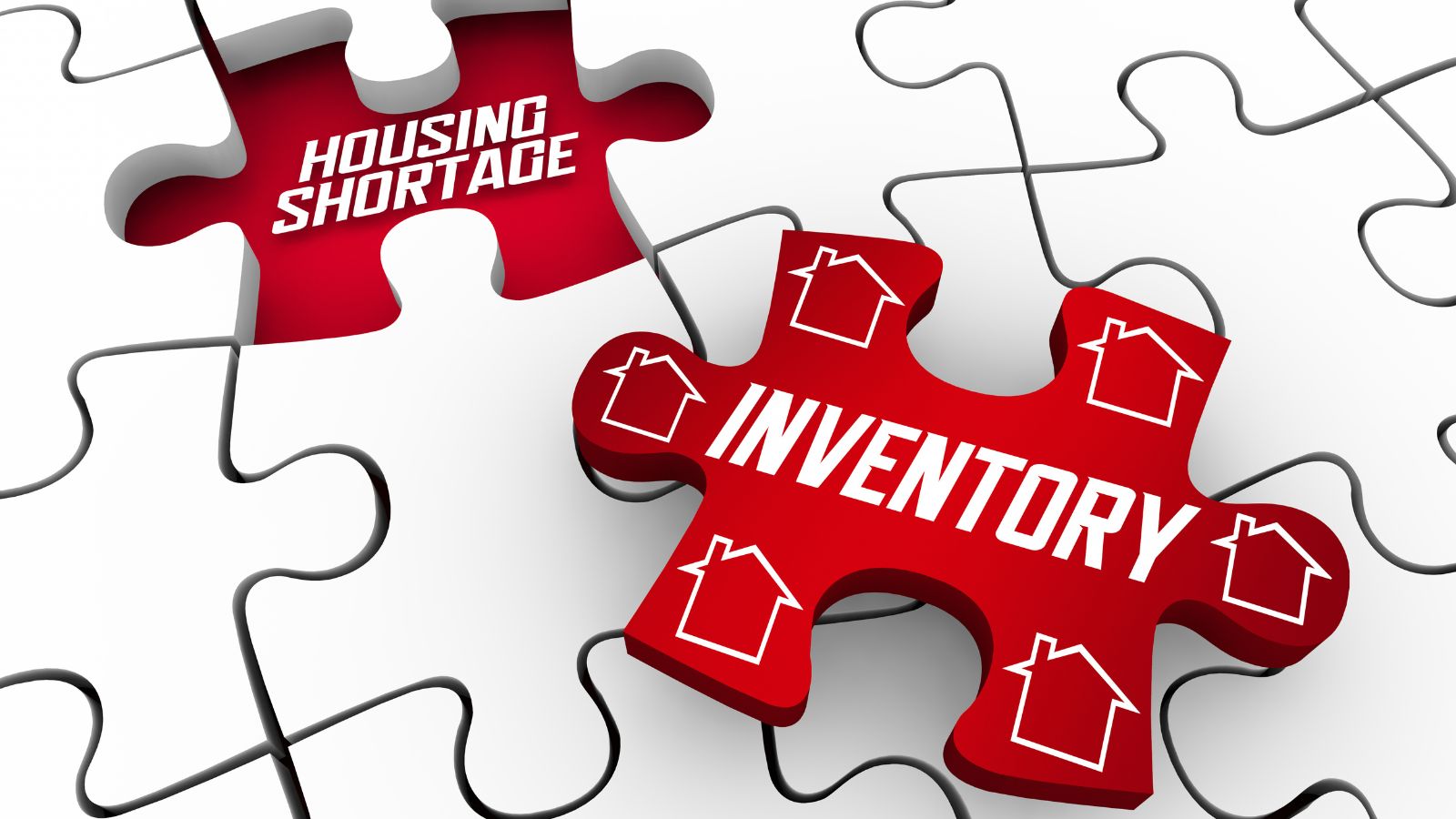
A growing demand for housing, coupled with a slowdown in new construction, has led to a shrinking pool of available rental units. With fewer homes available, people are competing for the same rental properties. This is driving up prices and making it difficult to find affordable housing.
Landlord-Friendly Legislation

In some areas, legislation has shifted in favor of landlords, giving them more power over rent increases and tenant rights. This can lead to sudden hikes in rent or changes in lease agreements, placing more financial and legal pressure on renters who have fewer protections.
Shortage of Affordable Housing

Affordable housing remains a critical issue for renters in 2024. Many lower- and middle-income earners are finding it increasingly difficult to locate rental properties within their budget. Due to the concentration of jobs in urban areas, the shortage of affordable housing in many cities is a particular crisis for renters.
Increased Utility Costs

In addition to rising rent, utility costs are also expected to increase for many people. Inflation and global supply chain issues are leading to higher energy prices. This means renters can expect to pay more for electricity, water, and heating, adding to their overall living costs.
More Short-Term Rentals
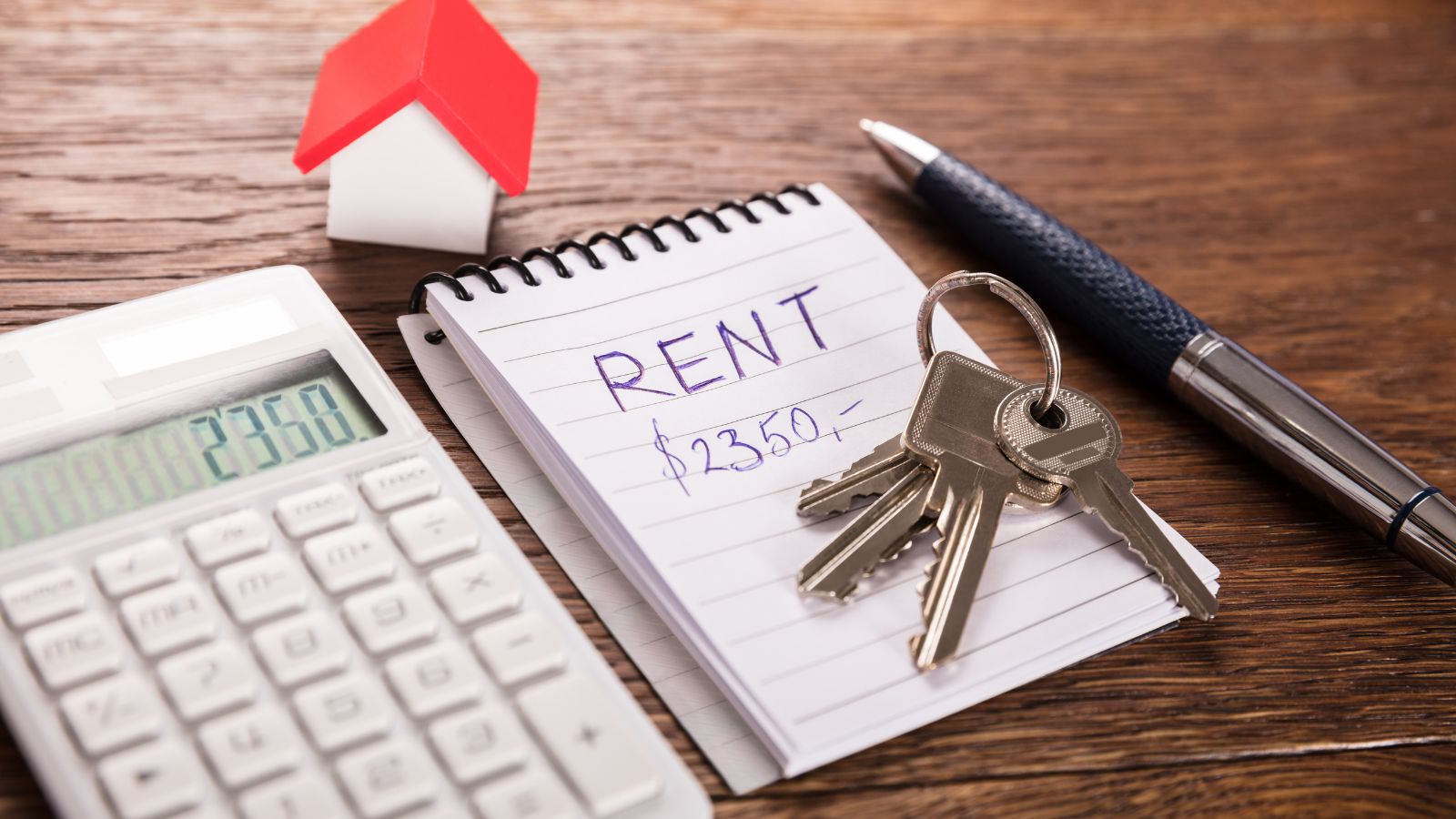
The rise of platforms like Airbnb has shifted many rental properties from long-term leases to short-term vacation rentals. When short-term rentals become more popular, there are fewer units available for long-term renters. This can drive up demand and make it harder to find a place to live in popular cities.
Eviction Rates Rising
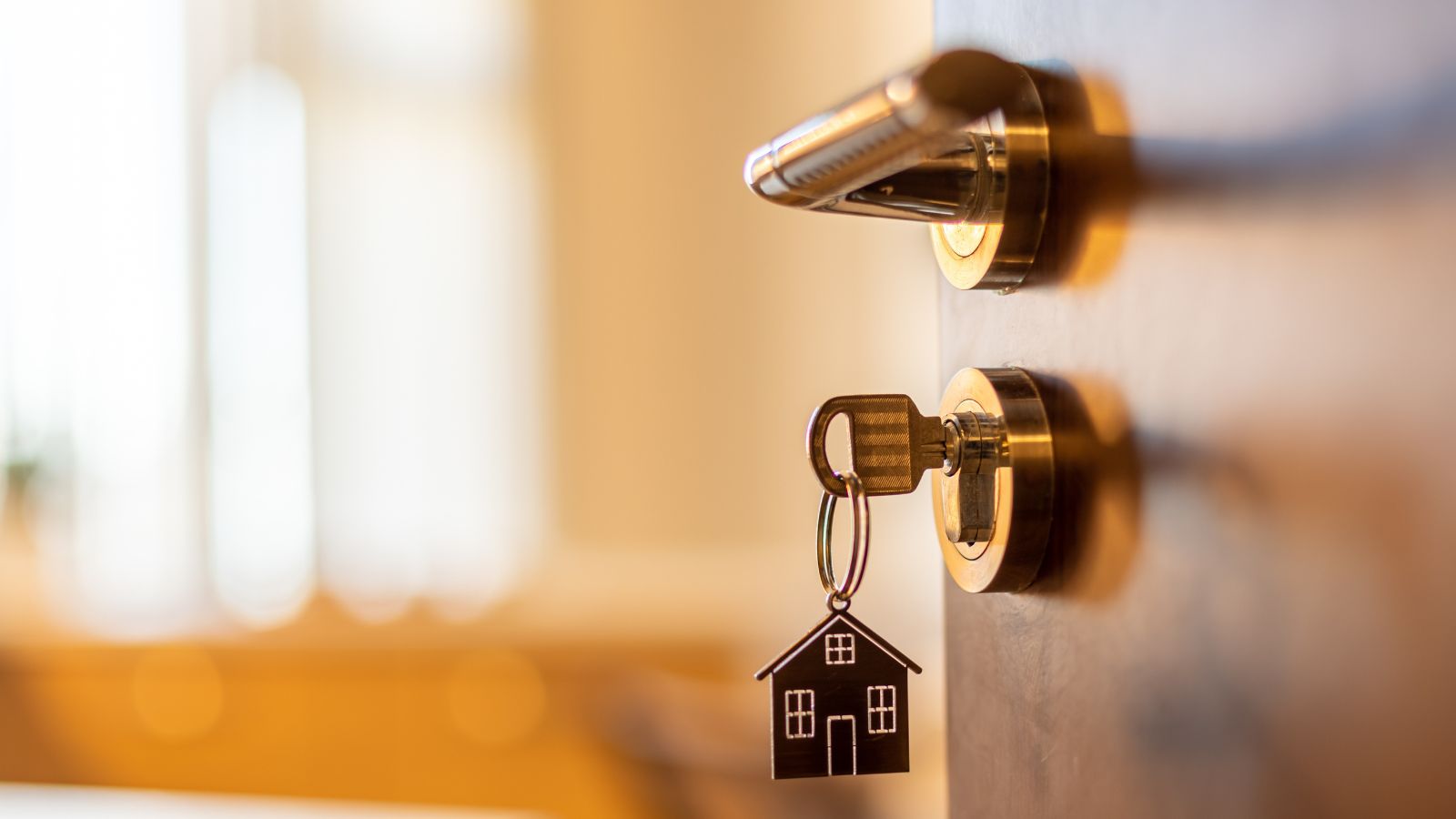
In 2024, experts predict an increase in evictions as temporary pandemic-related protections end and the cost of living continues to soar. Many tenants would find it difficult to make their rent payments on time, which could result in evictions and force them into unstable housing.
Longer Commutes

As city rents become increasingly unaffordable, more renters are being forced to look for housing in suburban or rural areas. While areas outside the city center may have more affordable housing options, people are likely to face longer commutes which will increase transportation costs and potentially impact quality of life.
Worsening Housing Quality

With high demand for rental units, some landlords are neglecting to maintain their properties, leading to deteriorating housing conditions. Renters need to be more careful than ever when looking for a place to live since con artists are making fake listings and lease agreements to defraud naive tenants out of their money.
Increased Rental Fraud

Rental scams and fraud are on the rise, with con artists targeting desperate renters.With the rise in rental scams, it’s important to be cautious when searching for housing. Be on the lookout for fake listings and fraudulent lease agreements.
Rent Control Rollbacks

While rent control policies were designed to keep housing affordable, many cities are considering rolling back or removing these protections. This could result in sudden and dramatic rent increases, particularly in cities that have previously benefited from these regulations.
Stricter Credit Requirements

Landlords are tightening credit and background check requirements, making it harder for renters with less-than-perfect credit to secure housing. In 2024, more people may find themselves turned down for rental applications, especially in competitive markets where landlords have multiple applicants to choose from.
Co-Living Spaces on the Rise

As a response to rising housing costs, co-living spaces are becoming more popular. Shared housing arrangements can be a more affordable way to rent, but you’ll have less privacy and fewer amenities than a traditional apartment.
Increased Security Deposits
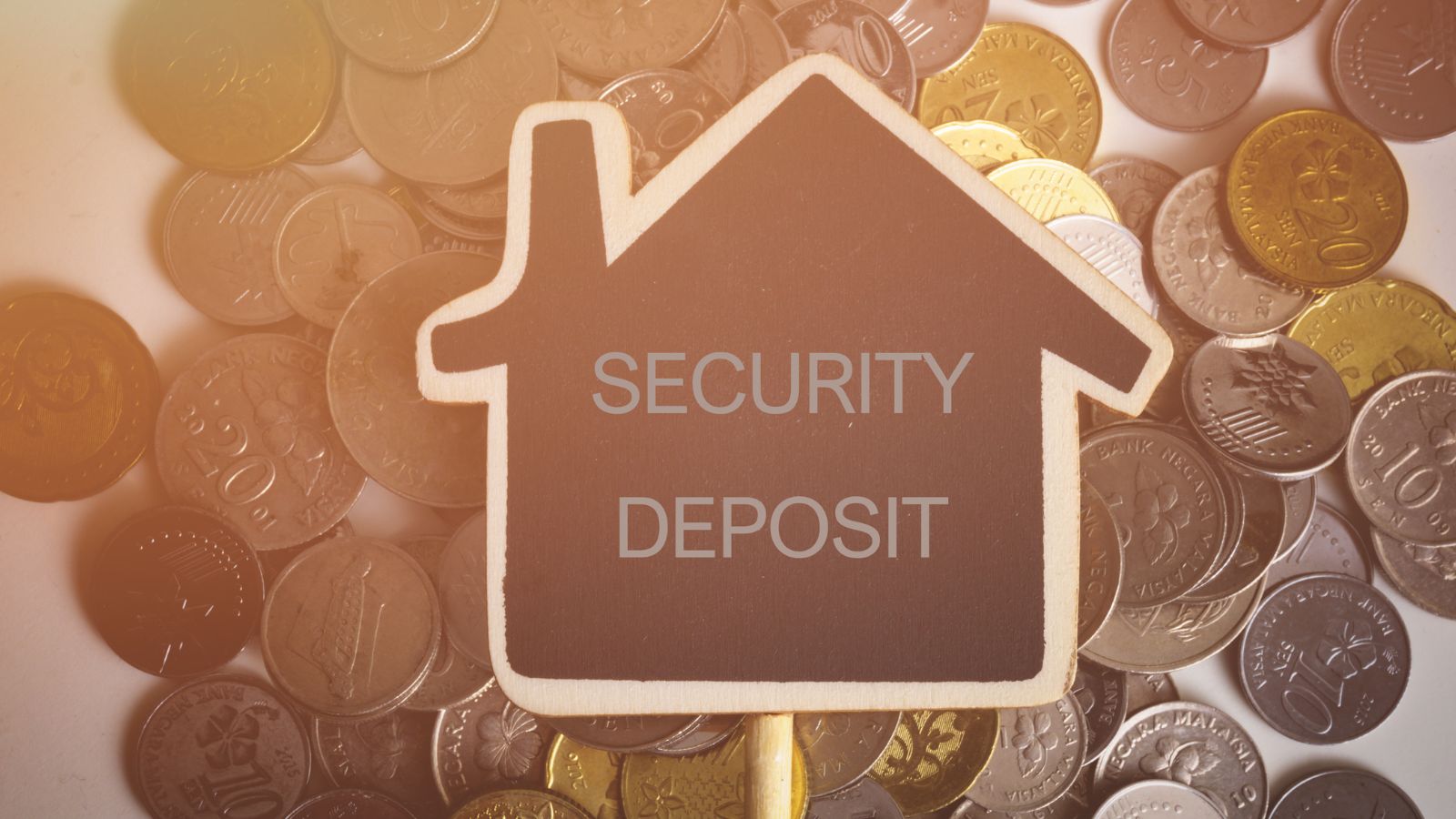
To protect themselves against potential losses, many landlords are increasing security deposit amounts. In some cities, renters may be required to pay two or even three months’ rent upfront as a deposit, creating a significant financial burden for those looking to move.
Aging Rental Infrastructure
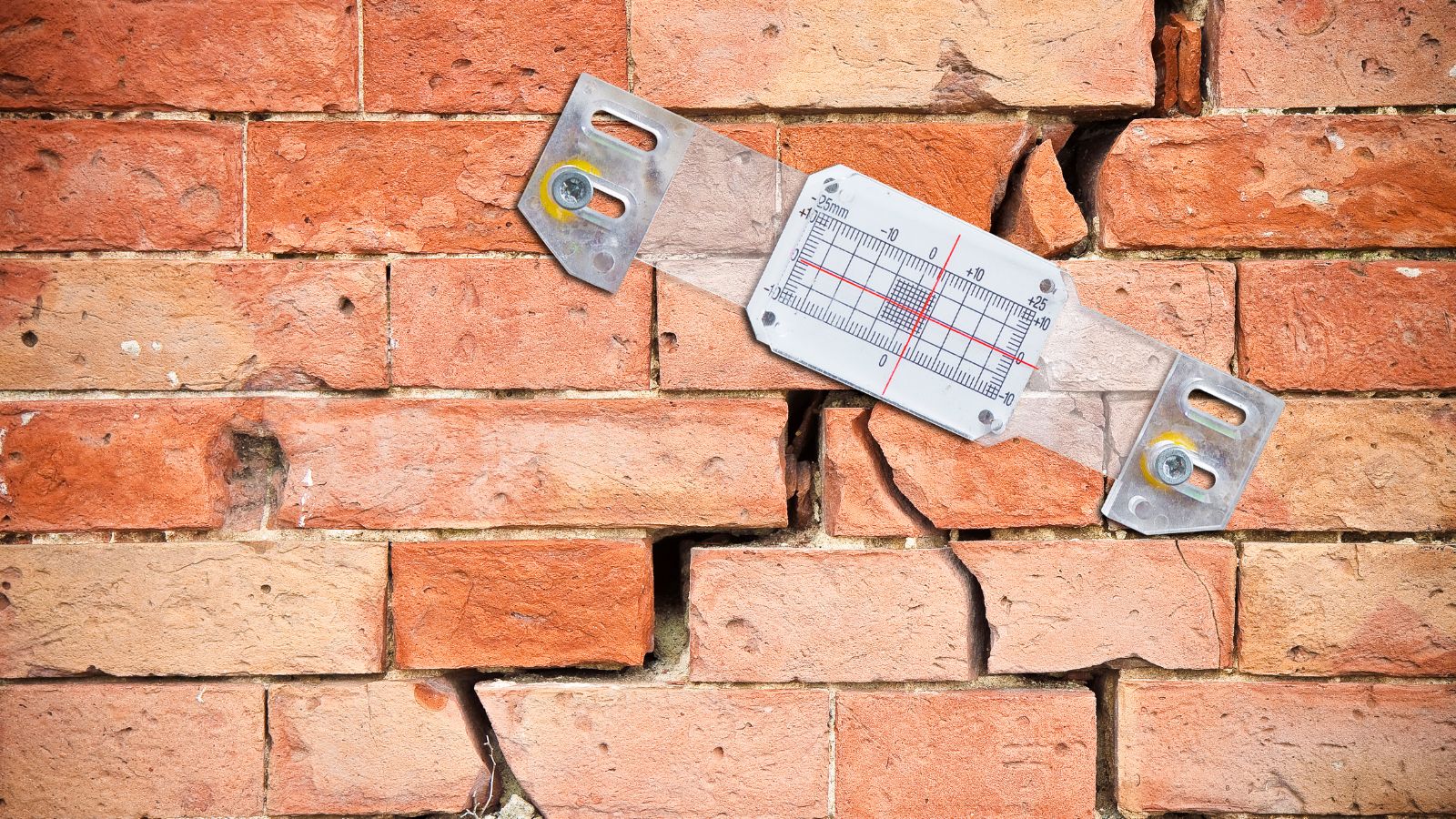
Many rental properties across the U.S. are aging and are in poor condition, which is leading to higher maintenance costs and unsafe living conditions. As landlords face the costs of repairing aging buildings, they may pass those expenses on to renters in the form of higher rents or reduced services.
Pet Restrictions

As more people adopt pets, landlords are increasingly implementing strict pet policies. Many rental properties are raising pet fees, limiting the types of pets allowed, or outright banning animals.
Tenant Displacement

Gentrification continues to displace long-term tenants, particularly in historically affordable neighborhoods. As developers move in and housing prices rise, renters may find themselves priced out of their homes and forced to relocate to less desirable areas with fewer amenities and resources.
Micro-Apartments Becoming the Norm
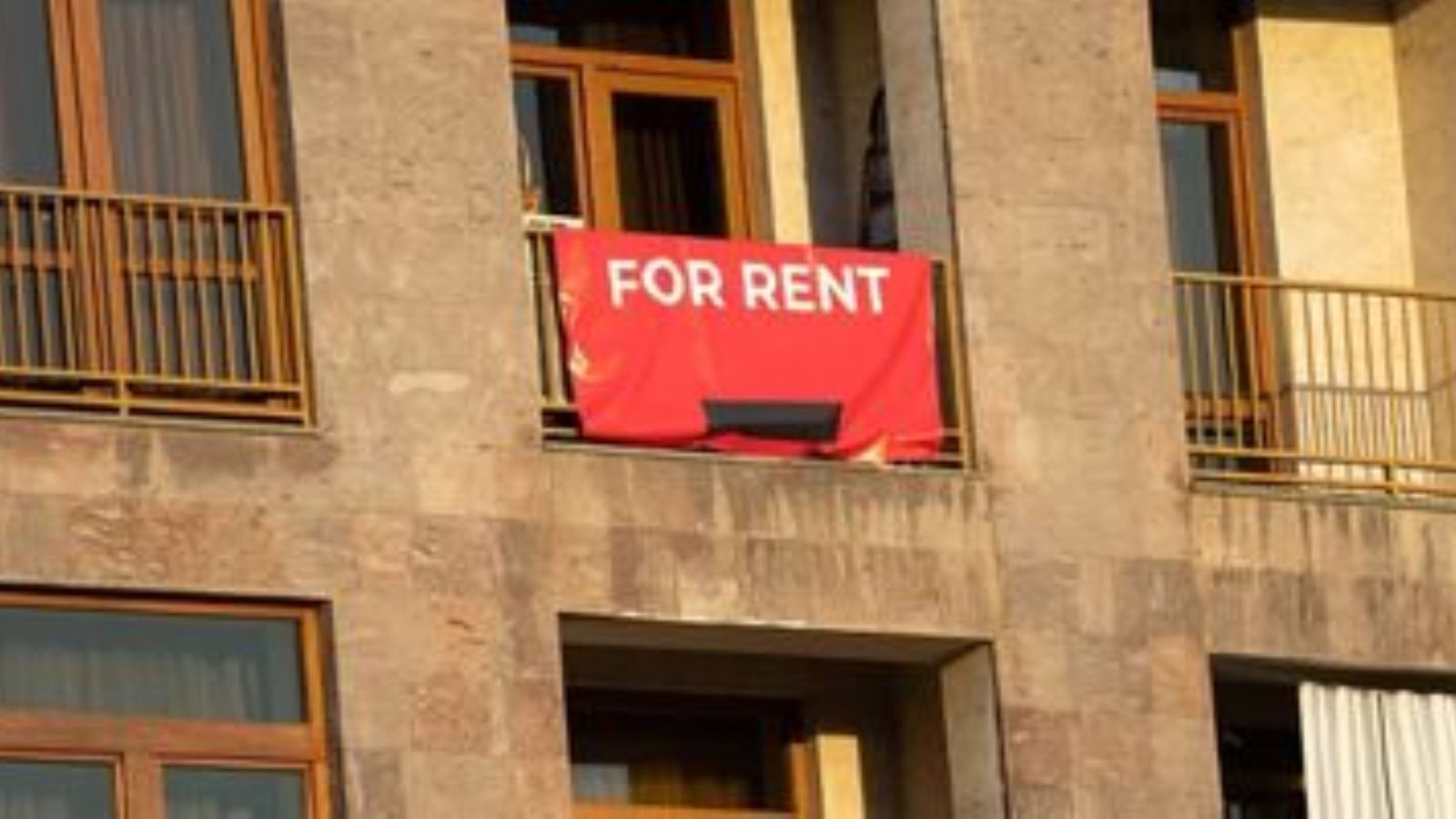
In some urban areas, the demand for housing has led to the rise of micro-apartments—tiny living spaces that can be as small as 200 square feet. Although these apartments are more reasonably priced for tenants, their comfort, privacy, and general quality of life are frequently sacrificed.
Decline in Homeownership Leading to Increased Rental Demand
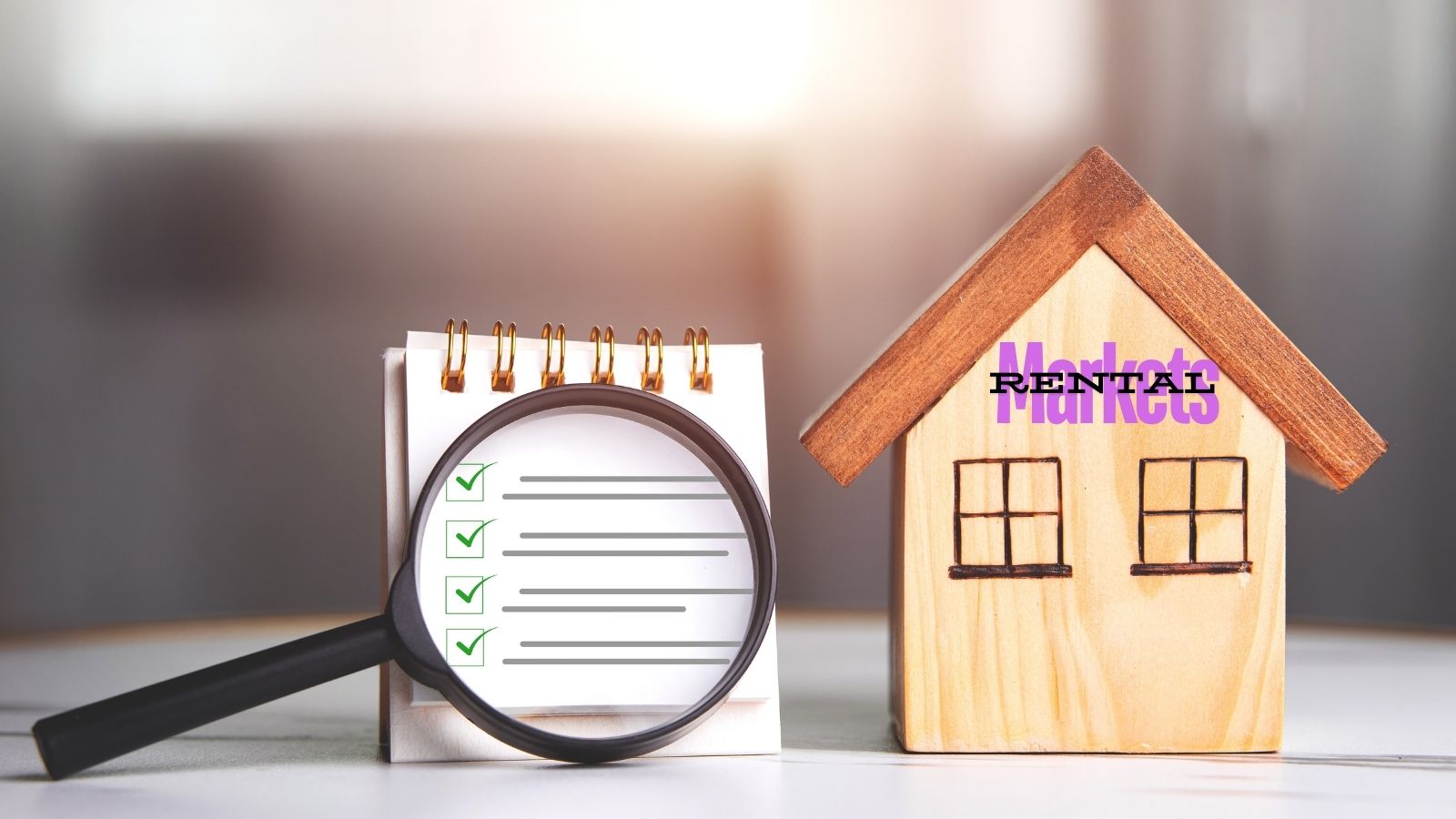
With rising home prices and interest rates, more people are staying in rental properties. At the same time, the popularity of short-term rentals is reducing the number of units available for long-term renters, driving up demand and making it harder to find affordable housing.
18 Reasons Why People Are Leaving Florida in Masses

Exploring factors that impact the desirability of living in Florida, this list delves into various challenges shaping residents’ experiences. From environmental concerns like rising sea levels to economic factors such as fluctuating job markets, these issues collectively contribute to a nuanced understanding of the state’s appeal.
18 Reasons Why People Are Leaving Florida in Masses
